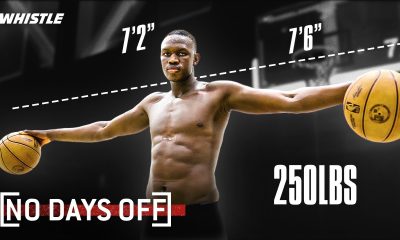NIL
Redrawing The NIL Playbook
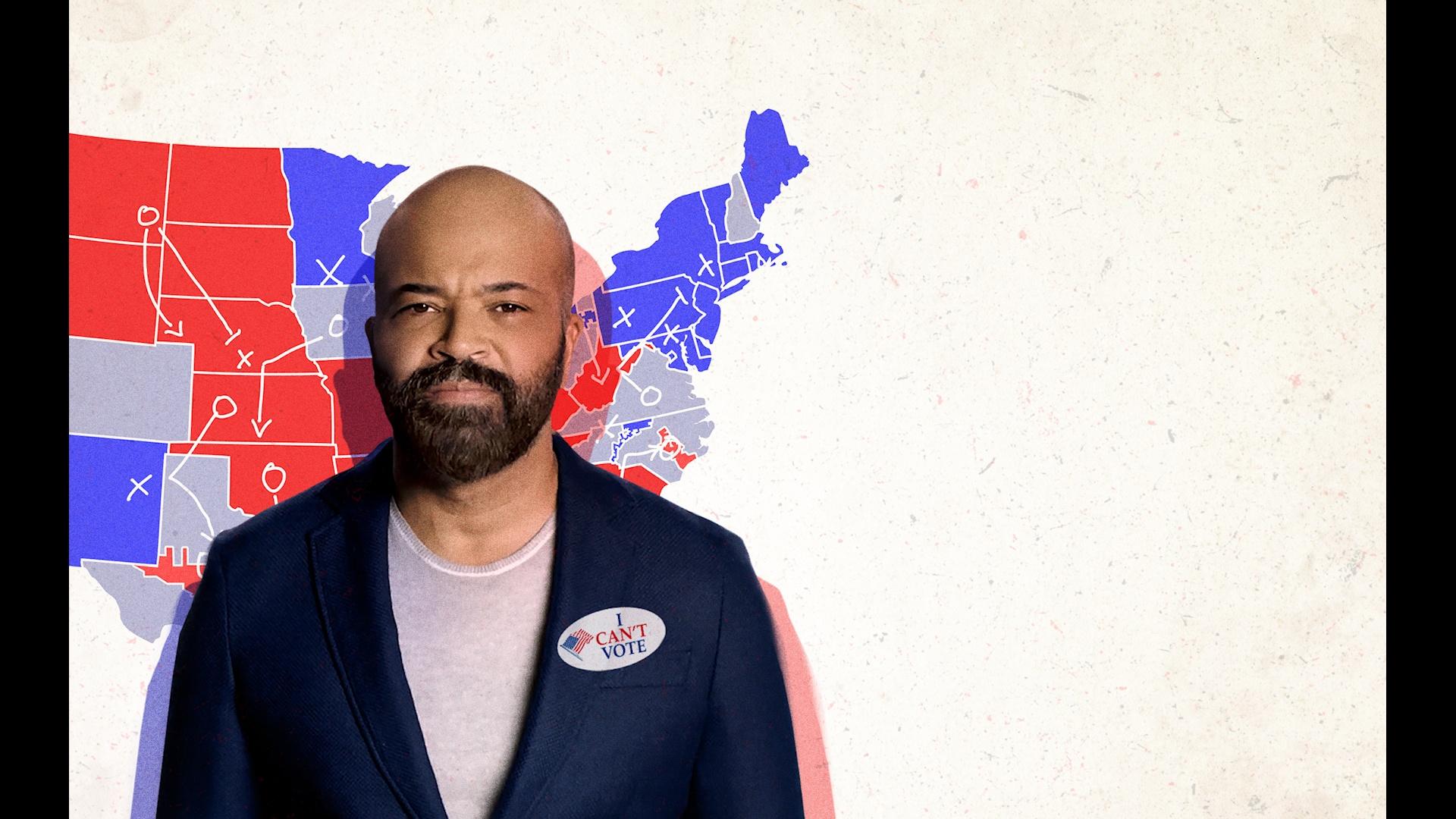


Introduction
The recent decision by U.S. District Judge Karen Marston
inMLB Players Inc. v. DraftKings and Bet3651 represents a pivotal development
in the legal landscape surrounding name, image, and likeness (NIL)
rights. The ruling explores critical intersections between
publicity rights, commercial speech, First Amendment protections,
and the legal boundaries of “news reporting.” The
implications extend far beyond baseball, potentially affecting
companies using athlete or celebrity NIL in commercial marketing
across sports betting, digital advertising, and beyond.
Case Background
MLB Players Inc. (MLBPI), the group licensing subsidiary of the
Major League Baseball Players Association, brought this action
against DraftKings and Bet365, alleging unauthorized commercial use
of player NIL in promotional campaigns. The complaint specifically
cited examples where players’ images—including Yankees
star Aaron Judge—were used in digital and social media
promotions without proper authorization or compensation.2
Judge Marston’s ruling denied the defendants’ motion to
dismiss claims related to right of publicity violations,
misappropriation and unjust enrichment. Only one misappropriation
claim was dismissed as duplicative.3 The case now advances to
discovery, where the courts will examine the factual context and
intent behind the disputed content.
Defining the “News Reporting”
Defense
A central question in this case concerns the scope of the
“news reporting” defense under Pennsylvania law.4 This exemption typically allows
use of an individual’s identity without consent when it appears
in legitimate news reporting on matters of public interest.
Judge Marston’s ruling made the following critical
distinctions:
- Content about newsworthy topics differs legally from
content that constitutes actual news reporting; - Athlete identities cannot be used in commercial promotions
under the guise of “news reporting”—even when
discussing newsworthy sporting events; and - Pennsylvania applies a narrower interpretation of this
exemption than some other jurisdictions.5
The court citedAbdul-Jabbar v. General Motors
Corp.(1996)6, where the Ninth Circuit found
that even content comprised of factually accurate information about
an athlete’s accomplishments loses protection from right of
publicity claims when used primarily for commercial
advertising.The decisive factor is not the truthfulness of
the content, but whether the use serves a commercial
purpose.
The Clear Line: Advertising vs. Journalism
The ruling provided concrete examples illustrating impermissible
commercial use. In one instance, a Bet365 social media post
featured Aaron Judge alongside betting odds about MLB teams winning
100+ games. Critically, the post made no substantive reference to
Judge’s performance or provided any meaningful
context—his image simply served to attract attention to the
sportsbook’s offerings.7
Judge Marston emphasized that content merely resembling
editorial or journalistic material, while actually serving an
advertising function, cannot claim news exemptions under right of
publicity statutes. This creates a clear standard: Content
adopting the look and feel of news coverage while fundamentally
promoting a product or service remains subject to right of
publicity laws and a higher standard for legal clearance than a use
of the same content for news or entertainment
purposes.
First Amendment Arguments: Limited Protection for
Commercial Use
The defendants’ First Amendment arguments referenced cases
involving expressive works such as video games and artistic
renderings.8 However, Judge Marston
distinguished those precedents, noting they involved transformed or
creatively interpreted athlete images—unlike the
straightforward use of player photos in this case.
The court found limited grounds for strong First Amendment
protection at this stage because the promotional content relied on
direct, unaltered use of athlete likenesses primarily for
commercial gain. While deferring a complete First Amendment
analysis until further factual development, the ruling signals that
purely commercial uses face an uphill battle under free speech
protections.9
Strategic Implications for Industry
Stakeholders
This ruling carries significant implications for how NIL is used
across industries—particularly in digital marketing,
advertising, sports, betting, and branded content. When NIL is used
for commercial promotion rather than legitimate reporting,
organizations face potential liability without proper
licensing.
Key Action Items:
- Conduct content audits to identify where
athlete or celebrity NIL appears in marketing materials. - Implement more rigorous legal clearances
processes for NIL-related promotions. - Review existing licensing agreements to ensure
they cover intended uses. - Develop clear internal guidelines
distinguishing between news reporting and promotional content. - Consider jurisdictional differences in right
of publicity laws when planning national campaigns.
The Evolving NIL Landscape
As NIL continues to grow in commercial value, legal efforts to
protect these rights are intensifying. Athletes, celebrities, and
their representatives are becoming more assertive in controlling
NIL usage—with courts increasingly supporting their
position.
Several states are enacting or revising right of publicity laws,
expanding individual NIL protections and increasing potential
liabilities for unauthorized commercial use. This state-by-state
evolution has amplified calls for uniform federal NIL
legislation—potentially modeled after copyright
protections—to prevent a fragmented legal landscape that
encourages forum shopping and inconsistent outcomes.
Conclusion
The MLB Players Inc. ruling marks a significant shift
in NIL jurisprudence that affects brands, platforms, advertisers,
and content creators across industries. The distinction between
legitimate news reporting and commercial promotion is becoming more
defined—and legally consequential.
In an environment where “earned media” and
“sponsored content” demand different legal approaches,
organizations must adapt their NIL practices to this evolving
landscape. Those who implement comprehensive compliance strategies
will be best positioned to avoid liability while effectively
leveraging NIL in their marketing efforts.
Footnotes
1. MLB Players, Inc. v. DraftKings, Inc., No.
24-4884-KSM, 2025 U.S. Dist. LEXIS 47600 (E.D. Pa. Mar. 14,
2025).
2. Complaint, MLB Players Inc. v. DraftKings,
¶¶ 23–36.
3. Memorandum Opinion by Judge Karen Marston,
February 2025, at 12–14.
4. 42 Pa. Cons. Stat. §
8316(e)(2)(ii).
5. Id., see also Judge Marston’s analysis
at p. 10.
6. Abdul-Jabbar v. General Motors Corp., 85
F.3d 407 (9th Cir. 1996).
7. Judge Marston Opinion, at
16–17.
8. Brown v. Entertainment Merchants Ass’n,
564 U.S. 786 (2011); ETW Corp. v. Jireh Publ’g, Inc., 332 F.3d
915 (6th Cir. 2003).
9. Judge Marston Opinion, at 21.
The content of this article is intended to provide a general
guide to the subject matter. Specialist advice should be sought
about your specific circumstances.
NIL
The Clemson Insider

CLEMSON — While Clemson continues to prepare to play Penn State in the Pinstripe Bowl on Dec. 27, there are things happening inside the program that will help shape what takes place next year.
The next month is going to be the most important month Dabo Swinney’s program will have in a very long time.
Why?
There is a lot going on, whether it be through the transfer portal, NIL or coaching. There are a lot of moving parts right now and it is all important to next year’s team.
Though Swinney will not talk about next year’s team until this season is over, we can.
As we have reported, there are and there will be more changes to the coaching staff. There will also be more changes to the personnel.
The transfer portal officially opens on Jan. 2, and, as you know, several Tigers have already given their intentions to enter the portal. Four underclassmen have declared for the NFL Draft, as well.
Clemson welcomes 19 freshmen to the team, most of them will enroll in January. However, the Tigers will have two weeks to bring in some more talent from the portal.
How Swinney and the coaching staff attack the portal will be paramount to the 2026 team’s success?
It has been well documented Clemson has not handled the NIL and portal as well as other schools. You only need to look at the four previous seasons to see what I am talking about.
Since 2021, the Tigers are 37-16 (.698) with one College Football Playoff appearance. Granted, the Tigers did win ACC Championships in 2022 and ’24, but it is obvious the program has slipped a notch in this new era of college football.
Can the Tigers reach the top of the mountain, again?
I am not sure.
Let’s be honest, the NIL has hurt Clemson. Part of that is Clemson’s fault, part of that is just the way things are. It’s hard for Clemson to compete in the third-party NIL world with schools that can. That is one reason why the Tigers cannot sign 5-star prospects anymore.
While Clemson continues to struggle with the NIL, other schools within the ACC, continue to have success. ACC Champion Duke is a perfect example of this.
Before the NIL, Duke was irrelevant in football and there was no way they could compete with the Clemson’s and Florida State’s. These days, the Blue Devils own a two-game win streak against the Tigers.
Why?
Because they are more successful with the NIL.
Virginia is another example. Tony Elliott went to the portal and pulled 30 new players on a team that made it to the ACC Championship Game. He used revenue sharing and NIL funds to get the best players he could.
As we mentioned before, the changes in college football are very reminiscent of how new rules in college baseball affected the Clemson baseball program some 15 years ago. Clemson baseball has never fully recovered.
Will Clemson Football?
To do that, Clemson must change its philosophy when it comes to paying players from the portal.
This is like free agency in the NFL. You must go and pay for the best.
You must do what is best for the program, not worry if you hurt the feelings of a current player on the roster.
Look at it this way, Clemson is losing, potentially, three first-round picks—Peter Woods, Avieon Terrell and T.J. Parker—and one second-round pick in Antonio Williams. Those guys are all underclassmen. Who are the Tigers replacing them with?
Let me ask you this. How many first-round picks will next year’s roster have?
This is an important off-season. Swinney must make the right choices in the portal.
The Tigers cannot afford to go 4-4 in the ACC again, which is possible if you look at next year’s schedule.
Clemson will play Georgia Tech, Miami, North Carolina and Virginia at home in 2026. As well as visit California, Duke, Florida State and Syracuse. Look at that schedule, do you think the Tigers, with the current roster, can win the ACC next season?
This is why the next month is going to be so big for the Clemson Football program.
NIL
Oregon WR Dakorien Moore signs NIL deal with Red Bull

Dec. 12, 2025, 10:38 a.m. PT
College football has always been an expansive and complex entity and it has shifted even further in that direction in recent years with the introduction of NIL deals and the expansion of the transfer portal. Oddly enough, it is those same alterations that play a part in the Oregon Ducks becoming such an attractive destination.
They landed five-star wide receiver Dakorien Moore last recruiting cycle and he has been everything that the school and scouts hoped he would be. He is dealing with a knee injury currently, but he had recorded 443 yards and three touchdowns in just eight games before his stellar season was disrupted.
Moore has been so impressive that reports surfaced yesterday that he is signing an NIL deal with Red Bull, an energy drink manufacturer. No details have emerged about how much it is worth, but the true freshman wideout added yet another partnership to an already strong package of NIL contracts.
Moore has become one of the rare freshmen that gets the chance to step on the field for the Ducks and he has made that leap of faith worth their while. If he continues on this trajectory, then there is no reason to believe that he won’t continue to rack up collaborations with other major corporations during his time in college.
This deal with Red Bull should be one of the first in a long line of significant sponsorships.
Contact/Follow @Ducks_Wire on X (formerly Twitter) and like our page on Facebook to follow ongoing coverage of Oregon Ducks news, notes and opinions.
NIL
Sen. Ted Cruz Talks College Sports, Prop Bets, And Sen. Kennedy One-Liners
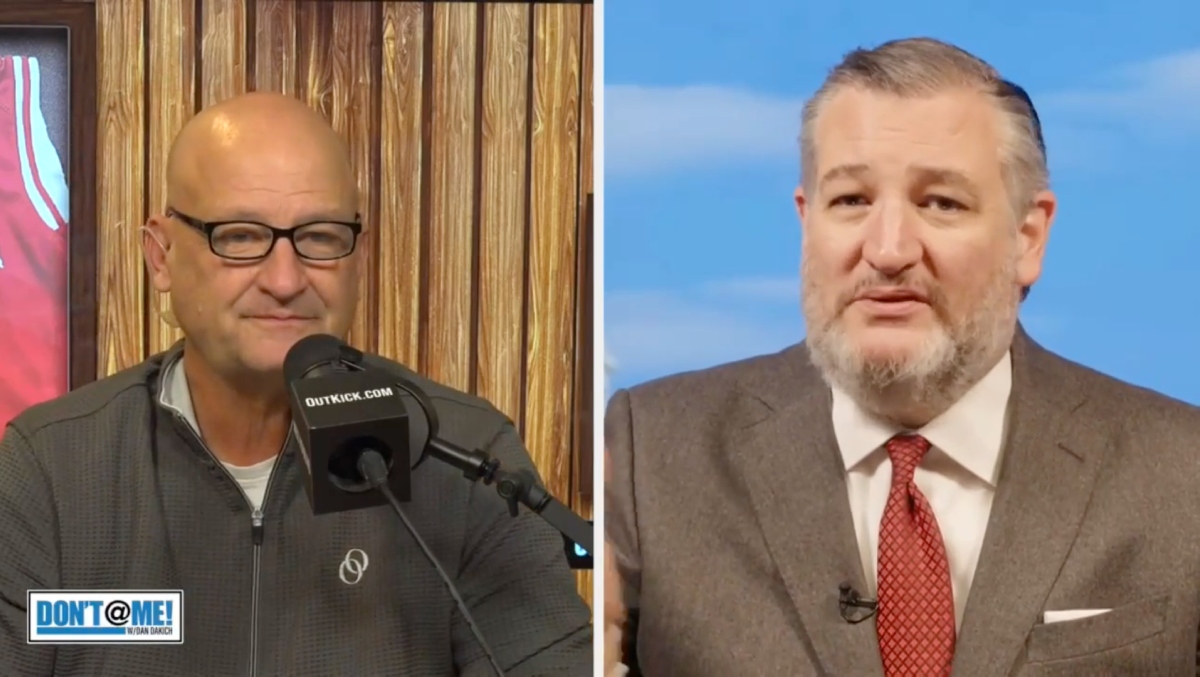
Senator Ted Cruz joined OutKick’s Dan Dakich for a wide-ranging interview that touched on everything from saving college sports to making sure betting on prop bets doesn’t lead to corruption of integrity to the one-liners of Louisiana Sen. John Kennedy.
As I said, wide-ranging, and you can check out the interview in its entirety on the Don’t @ Me with Dan Dakich YouTube channel.
One of the biggest stories in sports these days has to do with the state of college sports and how it has been impacted by NIL. Sen. Cruz talked about how, while it’s good that athletes can make some money off of their name, image, and likeness, the bidding wars we see are going to threaten the existence of college sports.
There’s An Absolute Crisis In College Sports | Don’t @ Me w/ Dan Dakich
“So look, I think there’s an absolute crisis in college sports. I think the current situation [is] the Wild West,” the Republican senator from Texas said. “Every school is in a bidding war. It keeps going up and up and up. With the transfer portal, you’ve got people jumping from school to school to school, and I don’t think any of this is good for college schools.
“I think we’re on a path where, if Congress doesn’t act, we’re going to see a handful of schools, maybe 30 [or] 40, schools that are ‘super schools’ that survive… But a whole bunch of other schools on the current path — I think division two schools, division three schools, and even a bunch of division one schools — this bidding war is pricing them out of being competitive. That’s not good for sports.”
Cruz also talked about how sports that don’t typically earn income for their schools are going to be in a lot of danger because of the current system, and how that could take away incredible opportunities for those student-athletes.
“I’m really worried about all the kids that this is their only hope to get an education,” Sen. Cruz said. “To learn the discipline and teamwork and all the skills you get playing sports that then help you in life, help you get a job, help you build a business, help you provide for your family. And so I think there is an urgent need for Congress to step in.”
Another major issue impacting sports that Dakich and Sen. Cruz discussed has to do with sports gambling. Specifically, prop bets and how easy it can be for players to manipulate them, thereby threatening the integrity of the game.
Sen. Cruz: Prop Bets = Corruption Waiting to Happen | Don’t @ Me w/ Dan Dakich
“I can tell you, I’ve recently sent oversight letters to the NBA and Major League Baseball inquiring, getting the facts about how many, how many complaints I’m particularly concerned about prop bets,” Sen. Cruz said. “If you can bet on whether the first pitch in a game is going to be a ball or a strike, well, you know what? The pitcher can’t necessarily guarantee it’s a strike, but 100% of the time, he can guarantee it’s a ball, and that just invites corruption.”
Sen. Cruz mentioned that he has talked to leagues and gambling platforms about this issue and is exploring ways Congress might be able to help maintain the integrity of games.
“I don’t think anyone wants to see sports where you don’t trust the outcome, where you think it’s rigged, where you have an athlete throwing a game because he wants to make a buck,” the senator said. “That’s a bad outcome, and I do think we need to work to prevent it.”
And finally, Dakich and Cruz hit on a lighter topic, and those are the legendary one-liners of Louisiana Republican Sen. John Kennedy.
“That judiciary committee hearing where John Kennedy leaned forward into the microphone and he says, ‘Christmas tree ornaments and Jeffrey Epstein: two things you know, didn’t hang themselves.'” Sen. Cruz recalled. “I always fell out of my chair. I’m like, Wait, how was that out loud?”
How great is that? It would’ve made a perfect Carnac joke back in the day.
Dakich then mentioned that one of his favorite Sen. Kennedy lines, “She’s not the dumbest person in the country, but she better hope the dumbest person doesn’t die.”
“John is essentially a stand–up comedian,” Sen. Cruz said, before bringing up an all-time Kennedy gem. “He said things like ‘AOC is why they put instructions on shampoo.’”
…
Be sure to check out the entire interview on the Don’t @ Me with Dan Dakich YouTube channel.
NIL
Rodriguez collects Bednarik Award for fifth national honor
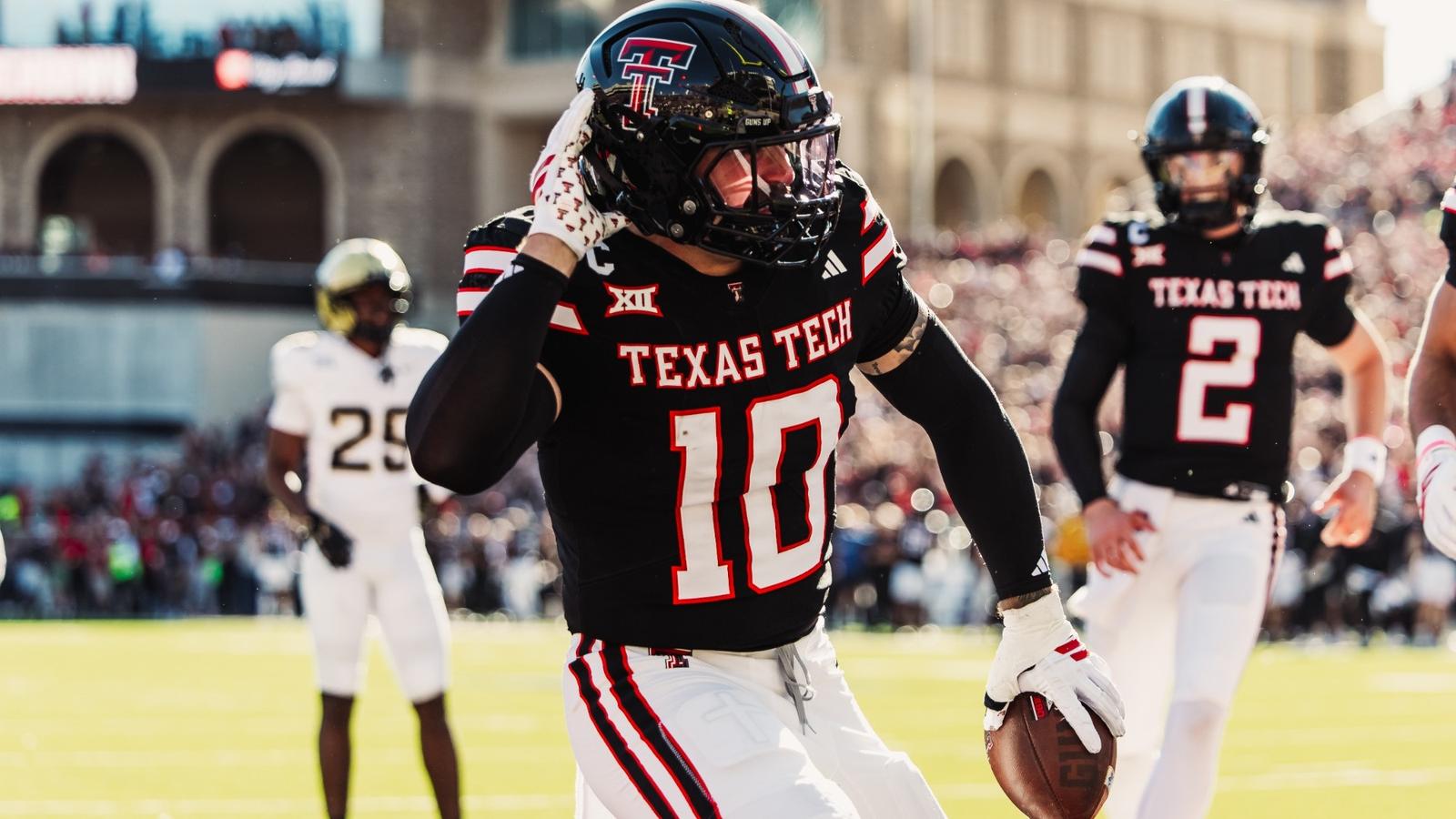
LUBBOCK, Texas – Texas Tech senior linebacker Jacob Rodriguez collected his fifth national award this season Friday evening as he was tabbed the winner of the Bednarik Award during the College Football Awards Show live on ESPN.
Rodriguez is the first Red Raider in program history to win the Bednarik Award, which is presented annually by the Maxwell Football Club to the nation’s top defensive player. The Bednarik Award selected Rodriguez over Ohio State safety Caleb Downs and Texas A&M defensive end Cashius Howell.
With the addition of the Bednarik Award, Rodriguez is now the winner of the Butkus Award (nation’s top linebacker), the Bronko Nagurski Trophy (nation’s top defensive player), the Lombardi Award (nation’s top lineman or linebacker) and the Pony Express Award (nation’s top duo with David Bailey) this season alone. He is the third player in history to win the Butkus Award as well as the Nagurski Trophy and Bednarik Award in the same season, joining Miami’s Dan Morgan (2000) and Notre Dame’s Manti Te’o (2012). Rodriguez joins Te’o as the only players to also win the Lombardi Award.
Rodriguez, who was also tabbed a first team All-American by the Walter Camp Foundation during the ESPN broadcast, has bolstered one of the nation’s top defenses, leading the Red Raiders to their first Big 12 title in program history this season and their first appearance in the College Football Playoff. The Red Raiders enter a potential matchup with either No. 5 Oregon or No. 12 seed James Madision at 12-1 overall, marking the most wins in program history.
Rodriguez has now led Texas Tech to four-consecutive bowl appearances during his career after going from a scholarship quarterback at Virginia, to walk-on linebacker with the Red Raiders and now a national award winner. He was joined during the ESPN College Football Awards Show by his parents, Joe and Ann Rodriguez, and his wife, Emma.
Rodriguez enters bowl season as the FBS leader with seven forced fumbles and ranks among the top-15 players nationally with 117 tackles. He is the first FBS player since 2005 to record at least five forced fumbles, two fumble recoveries and four interceptions all in the same season. His impact has bolstered a Texas Tech defense that leads the nation with 31 takeaways and ranks third nationally in scoring defense at 10.9 points per game. Rodriguez was responsible for nine takeaways himself — all in Big 12 play – thanks to his ability to punch the ball out and also read the quarterback in coverage.
Rodriguez is currently the highest-rated player in all of college football, according to Pro Football Focus, grading out at 93.3 overall so far this season. He is the top-rated player in the country in terms of rush defense, receiving a 95.5 grade in that area for a Red Raider defense that is easily the nation’s best in stopping opponents on the ground. Texas Tech is giving up only 68.5 rushing yards a game thanks to Rodriguez, who also ranks fifth nationally in coverage with a 92.3 grade.
Established in 1995, the Chuck Bednarik Award is one of the most-prestigious honors in college football, awarded annually to the most outstanding defensive player. This accolade recognizes exceptional talent, tenacity and impact on the defensive side of the ball. The award is named in tribute to Chuck Bednarik, a revered figure in football history known for his remarkable career as a linebacker.
NIL
Oddsmakers like Ohio State over Indiana to win College Football Playoff – The Daily Hoosier
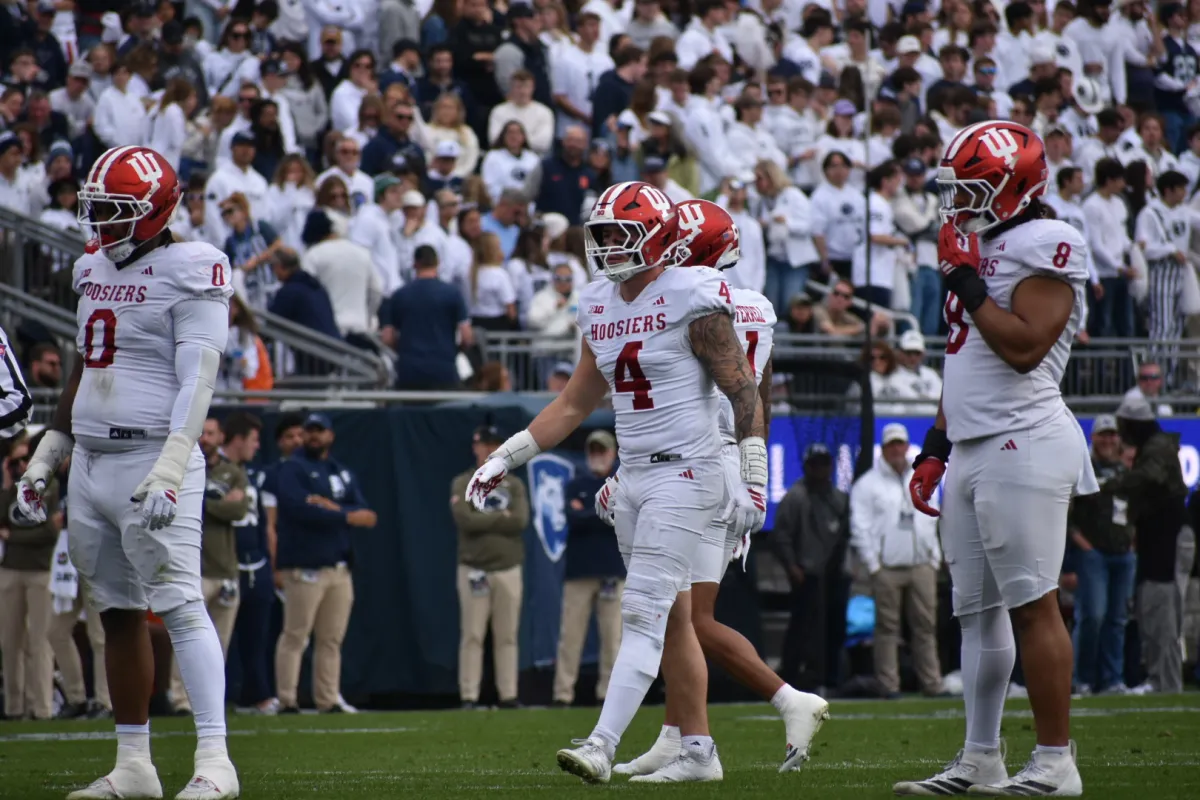
Although Indiana just beat Ohio State on a neutral field to win the Big Ten Championship, the Hoosiers are a consensus underdog to the Buckeyes when it comes to winning the national title.
Surveying six different online gambling sites — Bet365, MGM, DraftKings, Caesers, FanDuel and Bet Rivers — Indiana has the second-best odds as of Friday morning at each outlet to win the 2025 national championship. Ohio State has the consensus best odds, and Georgia the third-best.
The consensus national champion odds at Action Network has Ohio State at +222, Indiana at +280, and Georgia at +550.
Indiana is the No. 1 team in the College Football Playoff, AP Top-25, and Coaches Poll. The Hoosiers beat Ohio State for the first time since 1988 on Saturday in Indianapolis.
Ohio State would likely have to beat Georgia in the national semifinal to reach the national championship game. Indiana would likely have to beat either Oregon or Texas Tech, the teams with the fourth and fifth-best odds, respectively.
Against its potential quarterfinal round opponents at the Rose Bowl on Jan. 1, Indiana is around a 6.5-point favorite over Alabama, and a 9.5-point favorite over Oklahoma.

For complete coverage of IU football, GO HERE.
The Daily Hoosier –“Where Indiana fans assemble when they’re not at Assembly”
Related
NIL
Dakorien Moore Adds to Impressive NIL Portfolio with Newest Deal

Oregon Ducks true freshman Dakorien Moore has been a star since he arrived in Eugene, Oregon, and his latest name, image, and likeness (NIL) deal with Red Bull is the latest proof. The popular energy drink has deals with a number of college athletes, including Texas quarterback Arch Manning, Florida quarterback DJ Lagway, and Ohio State wide receiver Jeremiah Smith, making Moore only the fourth college football player to ink a deal with Red Bull.
Dakorien Moore’s NIL Deals

Now in addition to Red Bull, Moore has publicly announced NIL deals with FaceBook, NXTRND, and Legends. Perhaps most notably was Moore’s announcement as a Nike athlete alongside Oregon quarterback Dante Moore. The dynamic quarterback-wide receiver duo helped release the exclusive collaboration between Nike, Oregon, and The Grateful Dead that went on sale earlier during the season.
Per On3, Moore’s NIL valuation is estimated to be $497,000, the 10th-highest on Oregon’s roster.
Dan Lanning on Oregon’s Wide Receiver Injuries
Moore has not played since Oct. 25 after suffering a knee injury in practice in the week leading up to the Iowa game. In addition, Ducks wide receiver Gary Bryant Jr. suffered an injury against the Hawkeyes, and he has not seen the field since.
The Ducks were able to finish the year unscathed and clinch a berth in the College Football Playoff, but the biggest questions surrounding Oregon might be the respective injury statuses of Moore and Bryant Jr.

MORE: Weather Concerns Begin For Oregon’s Playoff Game vs. James Madison
MORE: Three Reasons Why Oregon Could Be The Most Dangerous Playoff Team
MORE: Oregon Ducks Projected to Make Program History In 2026 NFL Draft
SIGN UP FOR OUR NEWSLETTER HERE!
Oregon coach Dan Lanning made an appearance on “The Zach Gelb Show” and he talked about the possibility of Moore and Bryant Jr. returning. The Ducks coach did not close the door on a potential return with Oregon’s season extending into the CFP.
“To be determined. Those guys are making great progress,” Lanning said. “I feel like there’s going to be an opportunity for us to see these guys again before the season’s done, but we’ll see how it all plays out.”

Gelb also asked Lanning about the injury status of Ducks wide receiver Evan Stewart, who has missed the 2025 season so far with a knee injury.
“Again, part of it is us protecting these players from themselves and making sure that when they’re ready, they get that opportunity. So we’ll see how it all plays out,” Lanning continued.
Regardless of whether Oregon’s star receivers will be ready in time, Lanning and the Ducks have a home playoff game against the James Madison Dukes on Dec. 20. According to DraftKings, Oregon is favored by 21.5 points against James Madison. Should Oregon win, the Ducks would then advance to face Texas Tech in the Orange Bowl on Jan. 1.
- Game odds refresh periodically and are subject to change.
- If you or someone you know has a gambling problem and wants help, call 1-800-GAMBLER.
-

 Rec Sports3 weeks ago
Rec Sports3 weeks agoFirst Tee Winter Registration is open
-

 Rec Sports2 weeks ago
Rec Sports2 weeks agoFargo girl, 13, dies after collapsing during school basketball game – Grand Forks Herald
-

 Motorsports3 weeks ago
Motorsports3 weeks agoCPG Brands Like Allegra Are Betting on F1 for the First Time
-

 Motorsports3 weeks ago
Motorsports3 weeks agoF1 Las Vegas: Verstappen win, Norris and Piastri DQ tighten 2025 title fight
-
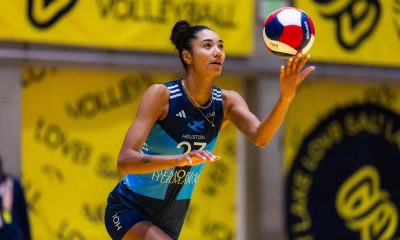
 Sports3 weeks ago
Sports3 weeks agoTwo Pro Volleyball Leagues Serve Up Plans for Minnesota Teams
-

 Sports2 weeks ago
Sports2 weeks agoUtah State Announces 2025-26 Indoor Track & Field Schedule
-
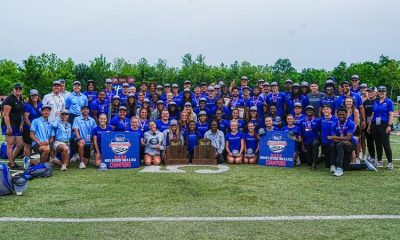
 Sports3 weeks ago
Sports3 weeks agoSycamores unveil 2026 track and field schedule
-
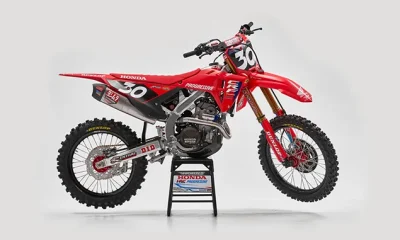
 Motorsports2 weeks ago
Motorsports2 weeks agoJo Shimoda Undergoes Back Surgery
-

 Motorsports2 weeks ago
Motorsports2 weeks agoRedemption Means First Pro Stock World Championship for Dallas Glenn
-

 Rec Sports2 weeks ago
Rec Sports2 weeks agoRobert “Bobby” Lewis Hardin, 56
















